Arqiva Map Confirms First UK Areas to Benefit from £150m Mobile Upgrade
Arqiva has revealed a map of the first areas to benefit from the government’s £150m Mobile Infrastructure Project (MIP), which was established as part of the 4G auction (800MHz and 2.6GHz) process to help build new mobile masts for those who live in areas of poor or non-existent mobile coverage.
Overall around 60,000 premises and sections of road will benefit from the new infrastructure and this will contribute towards ensuring that Mobile Broadband (3G or 4G) services become available to “at least” 98% of UK people by the end of 2015 (the original target was 2017 but mobile operators now expect to beat that by two years).
Advertisement
The first sites to benefit are due to “go live” by the end of 2013 and these will include locations in Cornwall, Northumberland, Strabane, Aberdeenshire and Powys.
Communications Minister, Ed Vaizey, said:
“This project will see mobile phone coverage extended to many of the people who currently live and work in areas where there is none. The project will provide a significant boost to local economies across the UK, and will be instrumental in helping Britain win the global race.”
The four primary Mobile Network Operators (MNO), including EE, O2, Three UK and Vodafone, will all be providing coverage from the sites and funding their operating costs for the 20 year life of the project.
However it’s worth remembering that the MIP has been significantly scaled back from its original goal. Under the old plans the project would have worked to help “[the] 5 to 10% of consumers and businesses that live and work in areas of the UK where existing mobile coverage is poor or non-existent”; 900,000 premises currently lack full mobile coverage.
As it stands now Arqiva claims to have “begun identifying suitable sites in a phased manner” and the map below shows the local authority areas that stand to benefit from MIP investment. But unfortunately the lack of a clear timetable and precise rollout details (beyond what’s reported above) makes the map of only limited use.
Advertisement
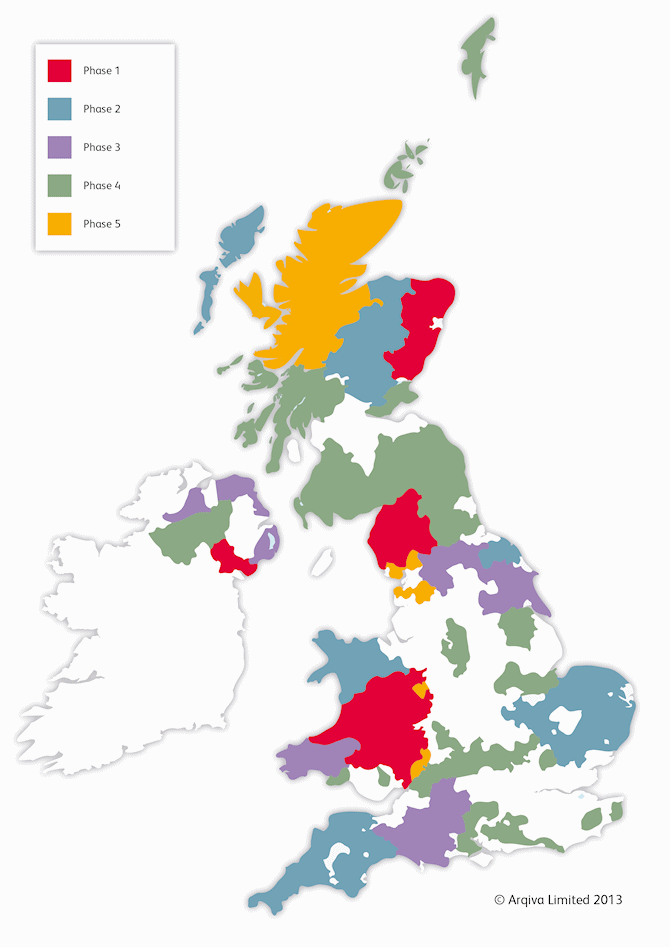
Mark is a professional technology writer, IT consultant and computer engineer from Dorset (England), he also founded ISPreview in 1999 and enjoys analysing the latest telecoms and broadband developments. Find me on X (Twitter), Mastodon, Facebook, BlueSky, Threads.net and Linkedin.
« CityFibre Bring Fibre Optic Broadband to Student Buildings in York UK

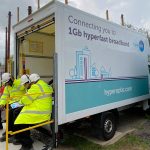

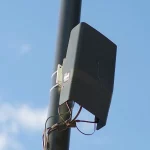


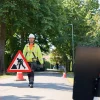

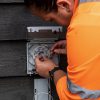








































Comments are closed